What is a Food Hazard?
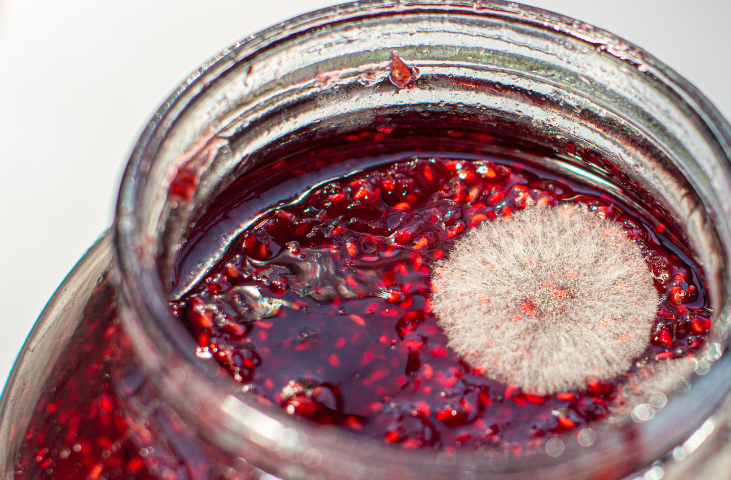
What is a food hazard?
Food safety is an important issue for everyone, as foodborne illnesses affect millions of people each year. Understanding what is a food hazard may be critical for preventing contamination and ensuring public health. In this ‘snapshot’ guide, we will explore what is a food hazard, the different types of food hazards and how you can mitigate the risks associated with them.
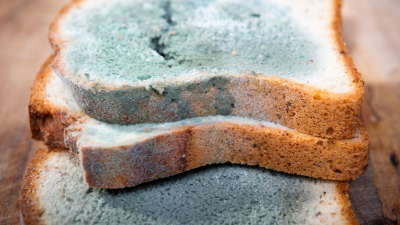
So what is a food hazard? A food hazard is any substance or condition that can make food unsafe or unfit for consumption. According to the Food Standards Agency (FSA), food hazards can occur at any stage of the food supply chain. Unfortunately, food hazards can lead to health problems ranging from mild gastrointestinal discomfort to severe, life-threatening illnesses. For food businesses, they can result in legal actions, fines and damage to their reputation.
Types of food hazards
As pictured below, food hazards fall into four main categories: microbiological, chemical, physical and allergenic.
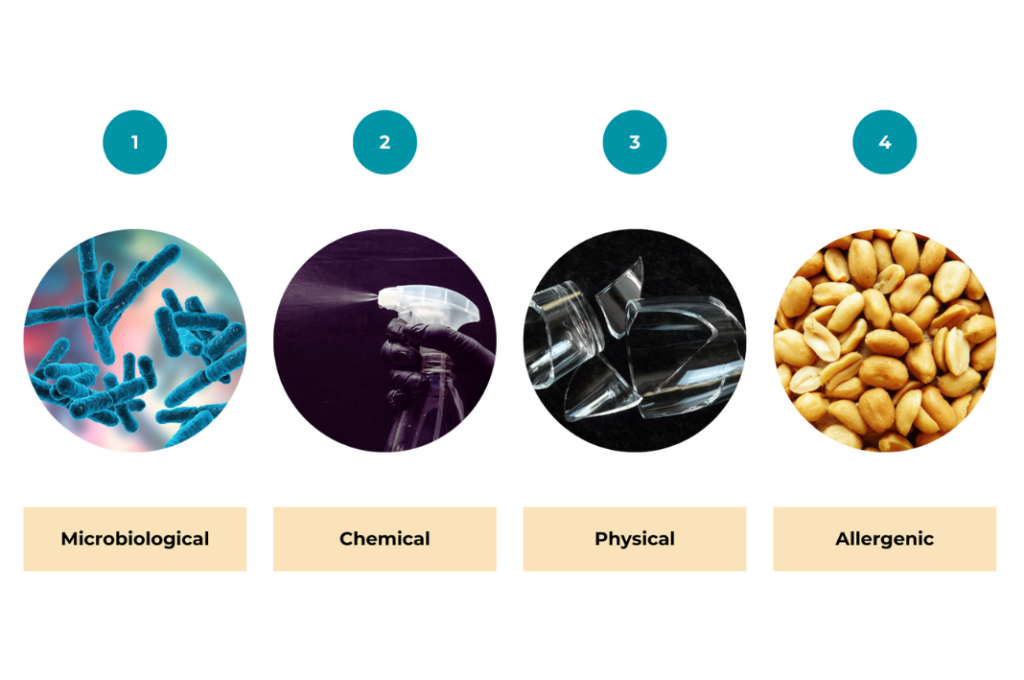
In the next section of the article, we will cover the categories of food hazards in more detail, explaining what is a food hazard and how you can prevent them from infiltrating the food chain.
What is a biological food hazard?
Biological hazards are caused by microorganisms like bacteria, viruses, parasites and fungi. These organisms can enter the food supply chain at any point and multiply if the right conditions, such as if warmth, moisture and nutrients are present. Biological hazards are responsible for the majority of foodborne illnesses.
Common examples are:
- Bacteria: Salmonella, E. coli, Listeria and Campylobacter.
- Viruses: Norovirus and Hepatitis A.
- Parasites: Giardia and Toxoplasma.
- Fungi: Moulds and yeasts, some of which can produce harmful toxins.
Prevention of biological food hazards:
Here are some ways that you can prevent biological food hazards:
- Follow proper handwashing techniques (read more on the importance of handwashing in food service).
- Use separate chopping boards for raw and cooked foods to avoid cross-contamination (see our chopping board colour coding article).
- Cook food to the recommended internal temperature.
- Store food at the correct temperatures to inhibit bacterial growth and ensure bacteria do not thrive in food preparation areas.
What is a chemical food hazard?
Chemical hazards can occur naturally or through human error. These include pesticide residues, food additives and industrial pollutants. Chemical hazards can lead to poisoning or long-term health issues if not properly managed.
Common examples are:
- Pesticides: Used to protect crops but can leave harmful residues.
- Food additives: While many additives are safe, improper use can cause allergic reactions or other health risks.
- Contaminants: Heavy metals like lead or mercury can enter food through soil or water pollution.
Prevention of chemical food hazards:
Here are some ways that you can prevent chemical food hazards:
- Follow legal limits on pesticide residues and food additives.
- Ensure clean production environments to avoid industrial contaminants.
- Use natural alternatives when possible to reduce the risk of chemical contamination.
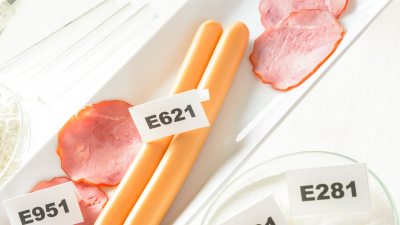
What is a physical food hazard?
Physical hazards refer to foreign objects that may unintentionally end up in food, causing potential injury. These include fragments of glass, metal, plastic or even hair.
Common examples are:
- Glass fragments: From broken containers or kitchen equipment.
- Metal shards: From machinery in food processing plants.
- Plastic pieces: From packaging or equipment.
- Hair or nails: Resulting from poor hygiene practices.
Prevention of physical food hazards:
Here are some ways that you can prevent physical food hazards:
- Conduct regular equipment checks and maintenance.
- Implement robust quality control measures to detect foreign objects.
- Use hairnets and gloves in food preparation areas.
What is an allergenic food hazard?
Food allergens can cause severe reactions in individuals with sensitivities. Allergenic food hazards occur when allergens, such as nuts or shellfish, unintentionally contaminate other foods or are not clearly labelled.
Common examples:
- Nuts, dairy, eggs, fish and shellfish are among the most common allergens.
- Improper cleaning of utensils or cross-contact during preparation can cause unintentional exposure.
Prevention of allergenic food hazards:
Here are some ways that you can prevent allergenic food hazards:
- Clearly label all food products with allergen information (see more on food allergen labels).
- Use separate utensils and preparation areas for allergenic foods.
- Ensure proper staff training on handling allergens.
Take our interactive Food Allergy Quiz to test your knowledge of food allergens and how to prevent cross-contamination in your kitchen.
You can refer to the image below which summarises: what is a food hazard and the different types.
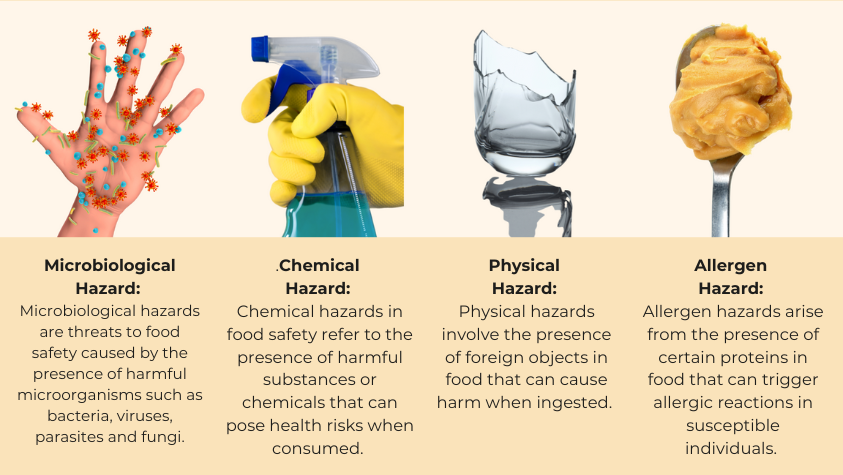
Prevention and control measures
When discussing what is a food hazard, it is also important to consider the best ways to control them. Therefore, in this section, we will briefly look at some of the prevention methods you can employ:
Food Safety Management Systems (FSMS)
A Food Safety Management System (FSMS), based on Hazard Analysis and Critical Control Points (HACCP), is vital for identifying and controlling food safety risks in any food business. Learn more about how to implement an FSMS in our Overview of food safety management systems article.
The UK follows strict food safety standards to protect consumers. The FSA enforces regulations and oversees compliance with HACCP principles to ensure food businesses operate safely. You can read more about what HACCP stands for and how it benefits your business in our article.
Clean As You Go Policy
The “Clean As You Go” policy is crucial in reducing the risk of cross-contamination. This policy emphasises regular cleaning and tidying throughout the food preparation process, rather than waiting until the end of the shift. This may include regularly sanitising work surfaces, disposing of waste promptly and washing hands between tasks to prevent transferring bacteria from raw to ready-to-eat foods.
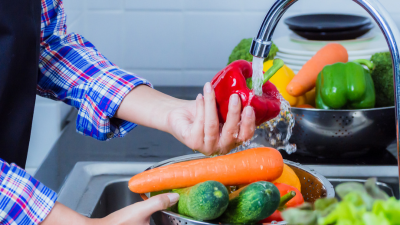
You can read more about the ‘Clean As You Go’ policy in this article and how it can help improve food safety in your business.
In addition, commercial kitchens may want to follow this six step method for cleaning kitchen surfaces and ensuring proper food handling hygiene.
- Remove food debris: Before cleaning, scrape away any visible food debris.
- Apply detergent: Use an appropriate cleaning agent to remove grease and food particles.
- Scrub surfaces: Focus on high-use areas like countertops and cutting boards.
- Rinse with hot water: Ensure all detergent is rinsed away to prevent chemical contamination.
- Disinfect: Apply a food-safe disinfectant to kill any remaining bacteria.
- Air-dry: Allow surfaces to dry naturally or use clean towels to prevent the introduction of new contaminants.
For more detailed guidance, you can refer to our articles on How to clean a commercial kitchen and Cleaning kitchen surfaces in 6 steps.
The importance of handwashing in food service
Handwashing is one of the most effective methods of preventing the spread of biological hazards. The FSA recommends washing hands before preparing food, after handling raw foods and after touching face, hair or surfaces like door handles.
Here is more information about why handwashing is so critical in food service.
Technology in food safety
Technology is transforming how we monitor food safety and prevent the contamination of the food chain with food hazards. This includes the introduction of emerging technologies such as:
- AI-driven food safety solutions are being implemented to predict and prevent contamination before it occurs.
- Blockchain-based systems are enhancing transparency by allowing for secure and traceable food sourcing and tracking.
- IoT devices play a crucial role by monitoring temperature and storage conditions in real time, ensuring that food is kept in optimal environments throughout its journey in the supply chain.
These technologies collectively strengthen food safety protocols and prevent food hazards from contaminating the food supply.
A programme of food hygiene training
Proper food safety training for all staff who work with food ensures they understand what is a food hazard and how to prevent contamination.
The Food Hygiene Company offers various online courses, including Level 2 and Level 3 Food Hygiene courses, as well as specific allergen awareness training, as well as some discounted online training course bundles for specific sectors such as childminders, early years and the hospitality sector.
Conclusion
This comprehensive guide highlights the importance of what is a food hazard and emphasises that understanding food hazards is important for maintaining food safety and protecting consumer health. Whether you’re a food business or a customer consuming food, knowledge of biological, chemical, physical and allergenic food hazards can help prevent foodborne illnesses and injuries. As a food business, by adopting proper hygiene practices, following regulations and staying informed about emerging technology trends, you can contribute to a safer food environment.
Online Food Hygiene Courses
Our online food hygiene courses are RoSPA assured and look at the theoretical aspects of food hygiene but also provide actionable insights and best practices that can be immediately applied in any food-related setting and ensure you maintain the highest standards of food hygiene.
Our friendly customer support team is always happy to talk through your food hygiene training options. Why not give us a call on 01327 530263, email us at hello@smarthorizons.co.uk, or use the live chat feature on this website to speak to us during office hours. We’re here to help from 9am to 5 pm, Monday to Friday.
